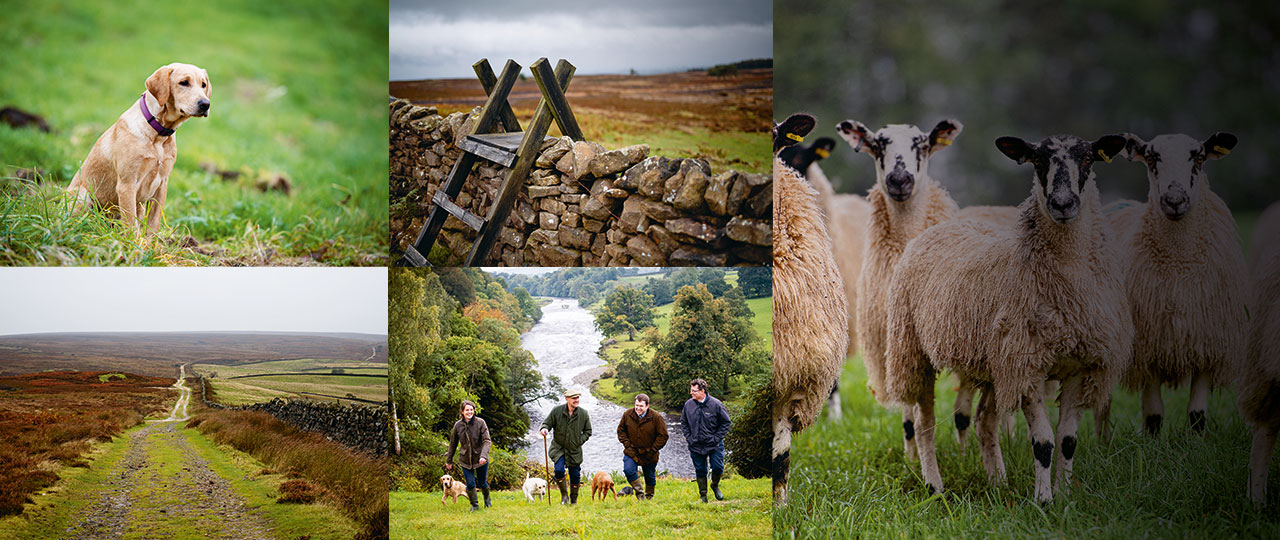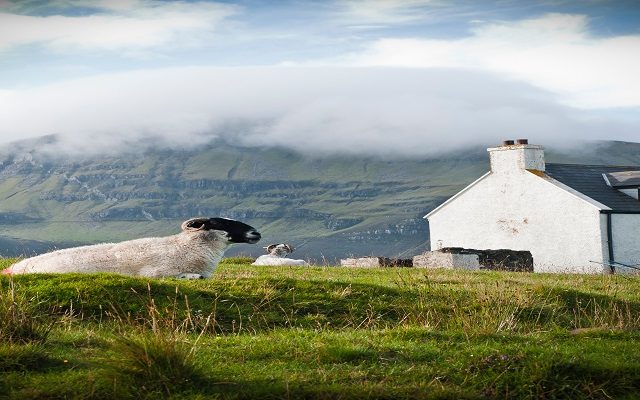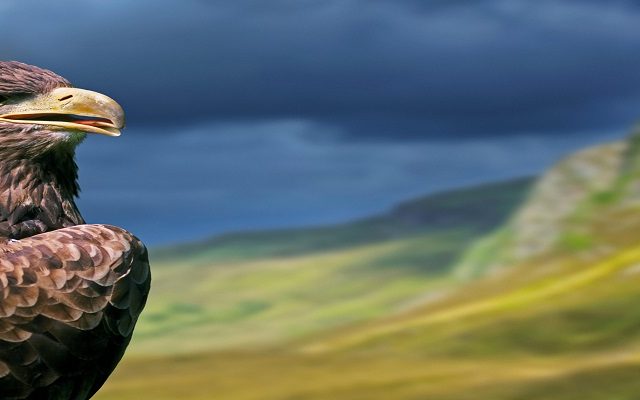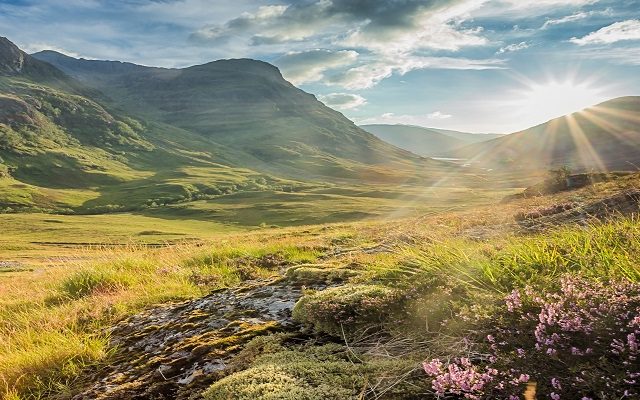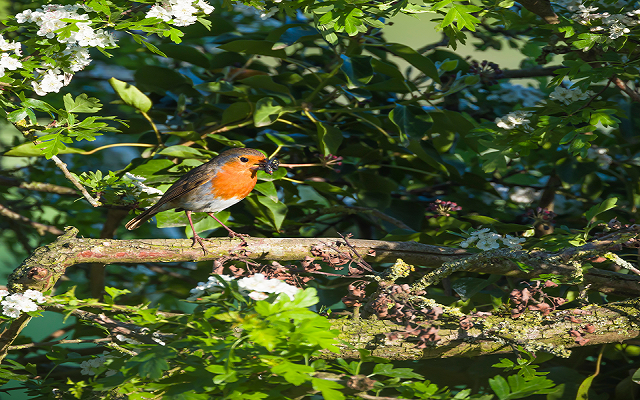Measuring the value of the natural capital on a Yorkshire estate
How best to measure, enhance and monetise natural capital is a challenge facing many rural estates. We highlight how Strutt & Parker is working with Clifton Castle Estate to provide some answers.
‘Shining a spotlight,’ is how Nick Downshire describes a new research report that focuses on his family estate’s natural capital.
The document, a partnership with Strutt & Parker and supported by BNP Paribas, aims to provide a blueprint for the future of the 6,500-acre North Yorkshire estate, located near the market town of Masham.
It is also an important learning exercise when it comes to putting a value on natural assets in the form of a natural capital account.
It’s an issue that’s high on the agenda, given the government’s vision for the future of the countryside is based on the principle of protecting and enhancing natural capital, against a backdrop of concern about climate change and declines in biodiversity.
Catherine Greenwood, from Strutt & Parker’s land management team in Northallerton, says Clifton’s diversity made it the ideal candidate for a natural capital assessment.
‘It’s a classic mixed estate with around 1,100 acres farmed in-hand, comprising arable and grazing land, with an additional 750 acres of woodland, 2,200 acres of moorland, plus two working quarries,’ she says.
‘There’s also three tenanted dairy farms, plus seven other tenanted farms which operate livestock and arable systems. In addition, the estate comprises a number of let cottages, a tenanted Inn (The Blue Lion in East Witton) and commercial units.’
Working in partnership with Strutt & Parker, environmental economics consultancy eftec produced the weighty report, which has the potential to be a valuable tool for decision-making on the estate.
The first step involved capturing the current monetary value of private and public goods coming from the land in the form of a balance sheet. It then looks at a ‘comparator’ scenario, loosely based on the advice of the Committee on Climate Change (CCC), which demonstrates how shifts in land use and practices can positively impact on monetary income and help the estate become carbon positive.
Given his enthusiasm for the study, it’s perhaps no surprise to learn that Nick Downshire, 9th Marquess of Downshire, is a qualified accountant who spent 20 years in corporate finance and venture capital working in London.
He currently sits on the Country Land and Business Association (CLA) board, is involved with both the Duchy of Lancaster and Cornwall, a council member of The Game and Wildlife Conservation Trust (GWCT) and chairman of the Moorland Association, as well as being a trustee of various other estates.
One of the suggestions included in the comparator scenario is that the woodland on the estate – currently around 750 acres – should be increased by 85 per cent, on the grounds that once the value of carbon sequestration is taken into account, its value per hectare rises considerably.
‘Woodland currently covers about 12 per cent of the total estate, so it would mean going up to 20 per cent. While it, therefore, wouldn’t involve as dramatic a change as the 85 per cent figure suggests, I’m still unsure how achievable it would be,’ says Nick.
Peatland restoration is already happening on the estate, which should also boost its value in terms of its potential to sequester carbon, resulting in a positive impact in terms of climate mitigation.
With the tenanted hotel in mind, along with various bed-and-breakfast accommodation enterprises, the value of public goods such as ‘recreation and health’ (essentially, visitors being able to gain access to the surrounding countryside) has also been considered in the study.
The role of renewable energy, with its associated carbon savings, is also factored in to the balance sheet. The family home, a fine house built by Timothy Hutton in 1802 on the site of a former castle, already has a biomass boiler. There is also a hydro scheme and it is hoped that, in time, the power generated can be utilised by one of the nearby tenanted dairy farms.
The report is just a starting point for discussions about the future direction of travel, but Nick says he would encourage others to start ‘shining a spotlight’ at their own natural capital.
‘I’ve got involved in this to get ahead of the game, but there is also a wider interest in farming and the future of estates like ours.
‘If anybody else can learn from this pilot, then it will have been a worthwhile exercise.’
This is an abridged version of an article that appeared in the Autumn/Winter 2019 issue of Land Business. For the full story visit here.
You can also discover more about the Evolving World of natural capital.
